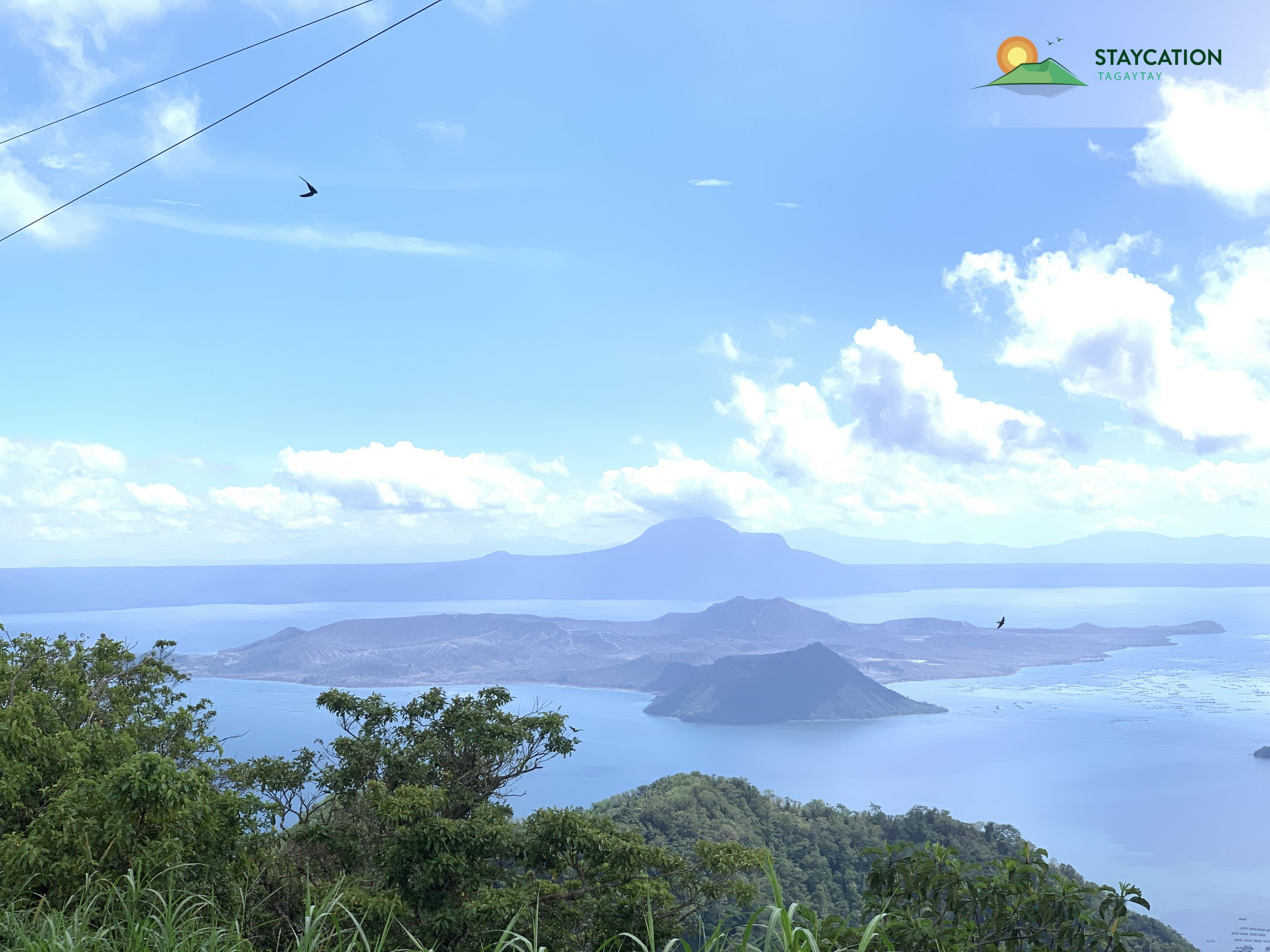HISTORY OF TAGAYTAY
Historical Background
The word Tagaytay came from the Filipino words “TAGA”, why means to cut, and “ITAY”, which means father. The name originated from a story of a father and son who were said to be on a wild boar chase and were suddenly attacked by it. The son feared for his father’s safety as the wild boar violently charged at the old man, and so he cried out, “TAGA, ITAY!” which means “cut him down, Father!” The son’s loud shouts and exhortation echoed in the ridge’s valleys and were heard by the residents, wood gatherers, hunters, and kaingeros in the forests.
Hence, the shout and the words “Taga, Itay” became the subject of conversation among the people residing in the countryside for several days. In due course, the place where the shouts came began to be known as the beautiful Southern City of Tagaytay.
Philippine Revolution
Tagaytay became a place of refuge and hideaway for revolutionaries during the Philippine Revolution of 1896, as it is the central location amidst the provinces of Batangas, Laguna, and other neighboring towns of Cavite. It includes Masilao (now known as Amadeo), Malabon Grande (now called General Trias), Silang, Dasmariñas, Mendez, and Indang. The city’s wild significant number of forests on its ridges and the vast rippling landscape of its lands characterized by wide stretches of cogon grass offered a ready sanctuary and haven from the pursuit of the Katipuneros.
As it became a passageway for the revolutionary activities, the natives and revolutionaries have described the movement to and from the towns and provinces through Tagaytay with the word “MANANAGAYTAY”, which means “to traverse the ridges of Tagaytay.”

World War II
On February 3, 1945, during the outbreak of the Second World War, the 11th Airborne Division 8th Army of Lt. Gen. William Krueger, and the 511th Parachute Infantry Regiment of the same division and under the command of Lt. Gen. Robert Eichelberger, onboard C-47 aircraft performed the first parachute landing on Tagaytay Ridge.
Due to the shortage, the regiment and its associated elements jumped into three echelons. Despite some misses, the 511th assembled successfully at its drop zone at the Manila Hotel Annex on Tagaytay Ridge and proceeded, in battalions, north towards Manila.
Amid heavy artillery fired by the enemy troops, the 511th Parachute Infantry Regiment succeeded in dropping supplies and personnel in the process of securing and liberating the city.
In 1951, a marker was installed at the junction of Silang-Canlubang-Nasugbu roads by city officials in coordination with the National Historical Institute of the Philippines to commemorate the event.
Cityhood
The passage and signing by the late President Manuel L. Quezon of the Commonwealth Act no. 338, a bill authored by the first Representative of Cavite, Justiniano S. Montano of Cavite, on June 21, 1938, allowed Tagaytay to become a chartered city.
Today, the City of Tagaytay is identified as one of the priority areas for the Department of Tourism’s tourism development. Consequently, the city has been recognized in the CALABARZON region as a tourist center.
Sources:
http://calabarzon.dilg.gov.ph/131-old-lgus/old-cavite-lgus/568-tagaytay-city
